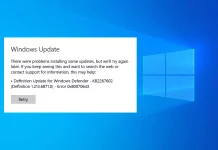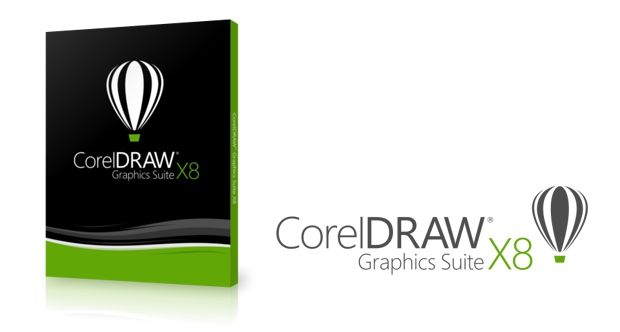Exactly one year earlier Google announced support for critic reviews in the Knowledge Graph (at launch restricted to reviews of movies), and provided specifications on marking up critic reviews. However, these specifications vanished in Google’s big update to their structured data documentation in May 2016.
Yesterday’s update brings information on critic reviews back, and is now rolled into the reviews data type page. Like all other Google structured data-powered features, use of specified schema.org types and properties is required to be eligible for this type of rich result.
Here are some key points about the new critic reviews specifications.
- Critic reviews are now supported for three specific types: local businesses, movies and books. This was previously restricted to movies, books and music albums.
- Critic reviews for businesses can either be embedded “inside your business listings” or provided as “standalone review blocks”. Embedded critic reviews are useful for sites like “business listing aggregators” while standalone reviews are suitable “for sites that perform no direct function for the business being reviewed, such as news sites.”
- There are required and recommended properties common to all critic reviews, as well as prescribed properties for each specific type. The full address, name and URL of a business, for example, is required for a local business review.
- While called “critic reviews” aggregate review scores (via use of aggregateRating) are supported. Google describes this as an “[a]nnotation for the average score assigned to the item being reviewed. This typically applies to user ratings rather than professional critic ratings.”
- Google requires a “[s]nippet from the body of the actual review that captures the author’s opinion about the review subject”, and provides both technical requirements (e.g. “The snippet cannot exceed 200 characters”) and editorial guidelines (e.g. “The snippet must make sense on its own and should not be confusing to someone who isn’t reading the whole article”) for creating this snippet.
- Critic reviews remain a pilot feature, and are restricted to “vetted participants.” Google has provided a form publishers can submit to indicate their “interest for inclusion in the Knowledge Panel Critic Reviews feature”.
Other changes to Google’s review guidelines
Google has now explicitly enumerated which data types are eligible to display review information in rich cards or rich snippets.
Previously Google had this to say about reviews:
A review is someone’s evaluation of something. We support reviews and ratings for a wide range of schema.org types, including businesses, products, and different creative works such as books or movies.
When Google finds valid reviews or ratings markup, we may show a rich snippet that includes stars and other summary info from reviews or ratings. In addition to the text of the review, a rating is an evaluation described on a numeric scale (such as 1 to 5).
This description remains intact, but to it Google has now added:
You can supply reviews for the following content types:
- Movies
- Books
- Music
- Products
In other words, while before webmasters had to observe the SERPs or go with their own best guess as to whether or not the item they were marking up would be eligible for a reviews rich result, there is now a list of eligible data types to which they can refer.
Top Places Lists
In the Inside Search blog Google announced both the availability of critic reviews and a new feature, “best of lists”.
Starting today in the U.S., when you search on your Google app for the best spots to eat and drink, you’ll have access to reviews from top critics and best-of lists from reputable publishers.
In the announcement post there is no link to the critic reviews specifications discussed earlier. Nor is there a link to the page on “Top Places List” – the official name of the “best of lists” referenced in the announcement – although one exists.
The Top Places Lists page is a new addition to the “Early Access and Partner-only Features” section of Google’s search documentation. It is thin on detail, saying only that “[t]he Google ‘Top Places Lists’ feature displays themed lists from authoritative publishers so that users can browse through selections from a trusted source as they decide where to go.”
It also provides no technical specifications regarding eligibility for appearing as a Top Places List. Like critic reviews, however, it also provides a link to a form for publishers who would “like Google to consider including your published lists in the Top Lists feature.”
A new page for AMP HTML
Rounding out the changes to Google search documentation made yesterday, a new page titled “Use AMP HTML” has been added to the “Guides” section.
This doesn’t add any substantive new information on employing Accelerated Mobile Pages, but does aggregate and concisely summarize previous information on creating AMP HTML for Google.
In particular, it clarifies the requirements for different data types following Google’s removal of structured data requirements for all AMP pages. A table on the page now makes the requirements for producing AMP pages for different Google search locations very clear.

While this is a “new” page, most of its content – the table above excepted – has simply been cut from the page titled “Mark Up Your Content Items” on which it used to reside.




































